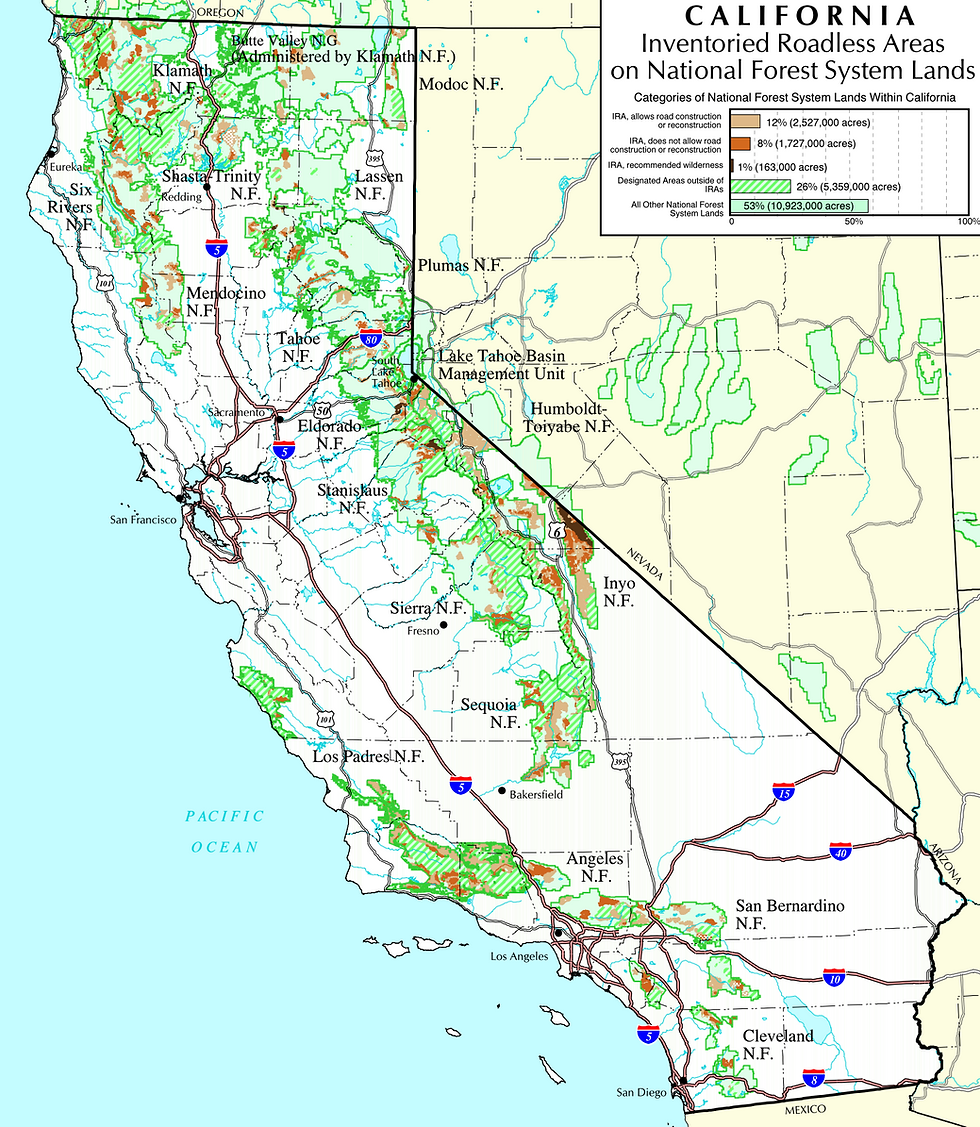Save the Endangered Species Act
- Apr 26, 2016
- 3 min read
The Endangered Species Act—the “bulldog” of environmental laws—is about to go extinct. Like most extinctions, there are many causes. And like most extinctions, it is entirely avoidable.
The Act, dating to 1973, was a bi-partisan effort. Richard Nixon, a Republican, called on Congress to pass comprehensive legislation to protect and restore threatened and endangered species. A team of scientists and lawyers, headed by the then-Administrator of the Environmental Protection Agency, crafted the draft legislation. The Senate passed the Endangered Species Act unanimously and the House voted overwhelmingly in favor: 390–12. The law was then signed by President Nixon on December 28, 1973.
Today, the Endangered Species Act is a favorite punching bag for politicians, most often Republican but also many Democrats, looking to shift blame. In the 114th Congress, which began January 3, 2015 and ends January 3, 2017, anti-conservationists have launched 100 attacks on the Endangered Species Act. These attacks are often hidden, attached as “riders” to must-pass legislation like the authorization bill for the U.S. Department of Defense, or appropriations bills for the U.S. Department of the Interior and other federal agencies. Nearly half of the bills prohibit the protection of individual species, such as the grey wolf or the Northern long-eared bat.
The Endangered Species Act is also being dismantled from within. At critical leadership positions, the Obama Administration has chosen individuals uncommitted to preserving biodiversity. It starts at the top. The Director of the Fish and Wildlife Service has, for example, stated that we must live with less biodiversity.
This belief is reflected in new policies designed to minimize the importance of the Act. From redefining terms, like “significant portion of its range,” to produce anti-conservation results, to throwing new roadblocks to listing a species, the U.S. Fish and Wildlife Service and the National Marine Fisheries Service have been hard at work to gut the law from within.
The actions of D.C. big-wigs let down the rest of the agency. Local agency employees are, by and large, dedicated and thoughtful stewards. (You don’t go in to wildlife biology for the money or prestige.) These employees, who are the on-the-ground experts for many species, are not happy with the direction of the agency. According to a survey conducted by the Union of Concerned Scientists, employees within the U.S. Fish and Wildlife Service and the National Marine Fisheries Service believe that politics plays too big a role in decision-making at the agencies.

This failure to make scientifically-grounded decisions has been reflected in recent controversial decisions by the U.S. Fish and Wildlife Service. On April 7, 2015, the U.S. Fish and Wildlife Service refused to list the Humboldt marten, a rare carnivore in the weasel family. The Humboldt marten is so rare that it was thought to be extinct in California until it was rediscovered in 1996. Today, the Humboldt marten totals around 100 individuals in California and two small populations in Oregon. Despite the overwhelming evidence that the marten warranted listing, the Service denied listing claiming that the marten was fine. As a colleague from a sister conversation group wrote, “The unthinkable has happened.” Rumors and rumblings have it that recommendations made by local staff to list the marten were overruled by regional administrators concerned about the impact of listing on the timber industry. EPIC and allies have filed suit over the marten, which is pending in federal court.
We need to save the Endangered Species Act, not only from politicians who threaten the Act in Congress but also from the agencies that administer the Act. This shouldn’t be hard. An overwhelming majority of Americans, some 90%, support the law; if we speak out, politicians and bureaucrats will be forced to listen.





Comments